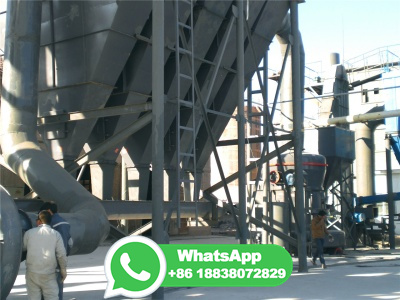Biomining: Metal Recovery from Ores with Microorganisms
WEBJan 1, 2013 · The final product of the copper extraction process is copper hode with a quality of % copper. ... An increase of leached copper in the total copper production of Chile is only possible in the long run if bioleaching of sulfide copper ores is further developed. Nowadays in Peru about 15 % of the produced copper originates from .
























